Your car can’t transport you to other worlds, but it could help us understand them.
French researchers have discovered that the models used to simulate how car engines produce pollutants can also model the atmospheres of hot exoplanets.

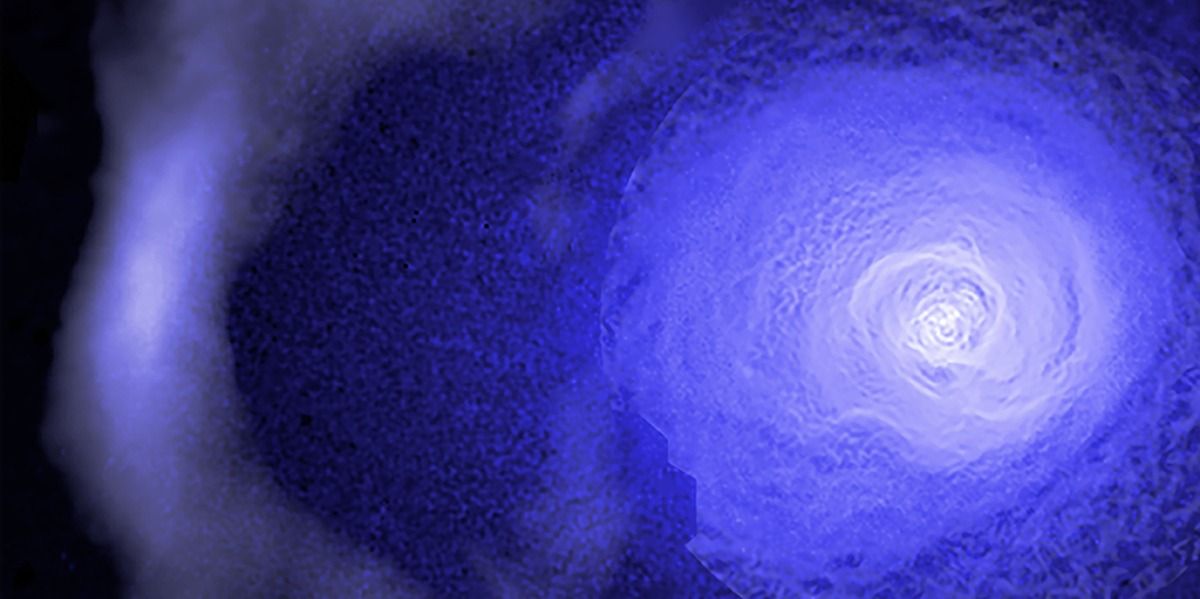
New research from NASA’s Chandra X-ray Observatory shows the Perseus galaxy cluster is experiencing a 5 billion-year-old cold front that has plummeted through the region at speeds of 300,000 miles per hour. It stretches about 2 million light-years across, and has remained very well-defined.
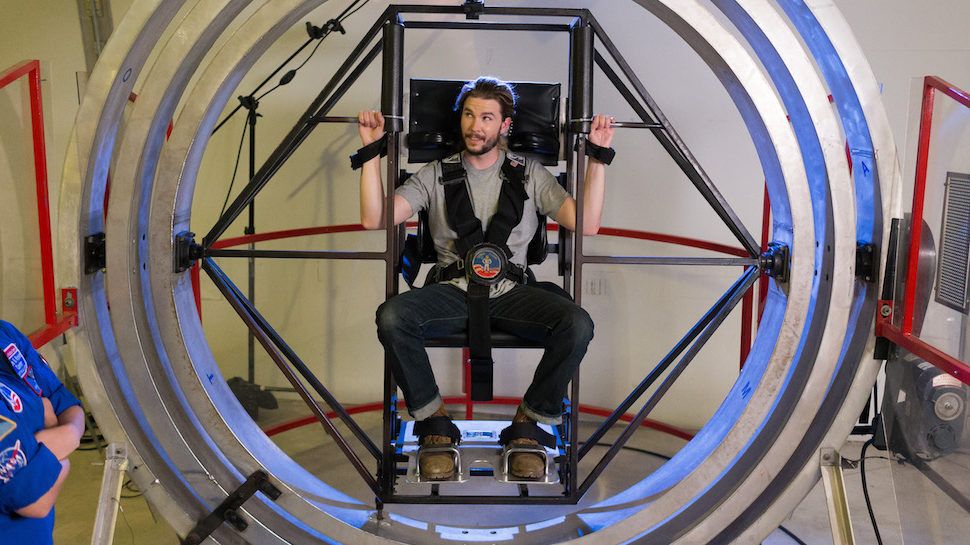
If you’re of a certain age, you probably know know Huntsville, Alabama’s Space Camp best as a prize for winning a ridiculous competition show. And if you ever obsessed over going on that cosmic retreat, you probably wanted to get on that weird spinning chair they always showed in the clips. It’s a serious looking device at a serious facility–what the heck is it for?
I was recently lucky enough to make a childhood dream come true and zipped up my flight suit for a shot at Space Camp. There, as I explain in the video above, I learned that the spinning chair has a more formal name: the Multi Axis Trainer, or MAT. It’s used to give riders a feeling of what it’s like to uncontrollably tumble through space.
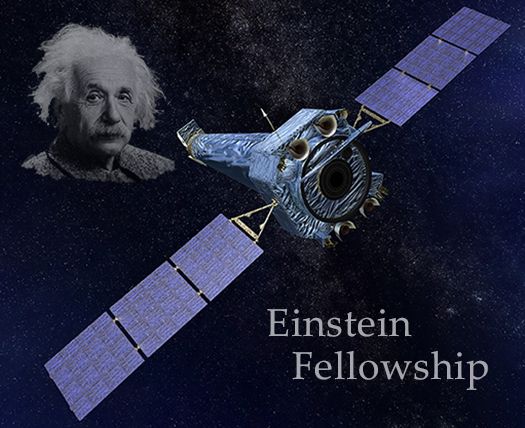
NASA has selected 24 new Fellows for its prestigious NASA Hubble Fellowship Program (NHFP). The program enables outstanding postdoctoral scientists to pursue independent research in any area of NASA Astrophysics, using theory, observation, experimentation, or instrument development. Each fellowship provides the awardee up to three years of support.
The new NHFP preserves the legacy of NASA’s previous postdoctoral fellowship programs, the Hubble, Einstein and Sagan Fellowships. Once selected, fellows are named to one of three sub-categories corresponding to three broad scientific questions NASA has sought to answer about the universe:
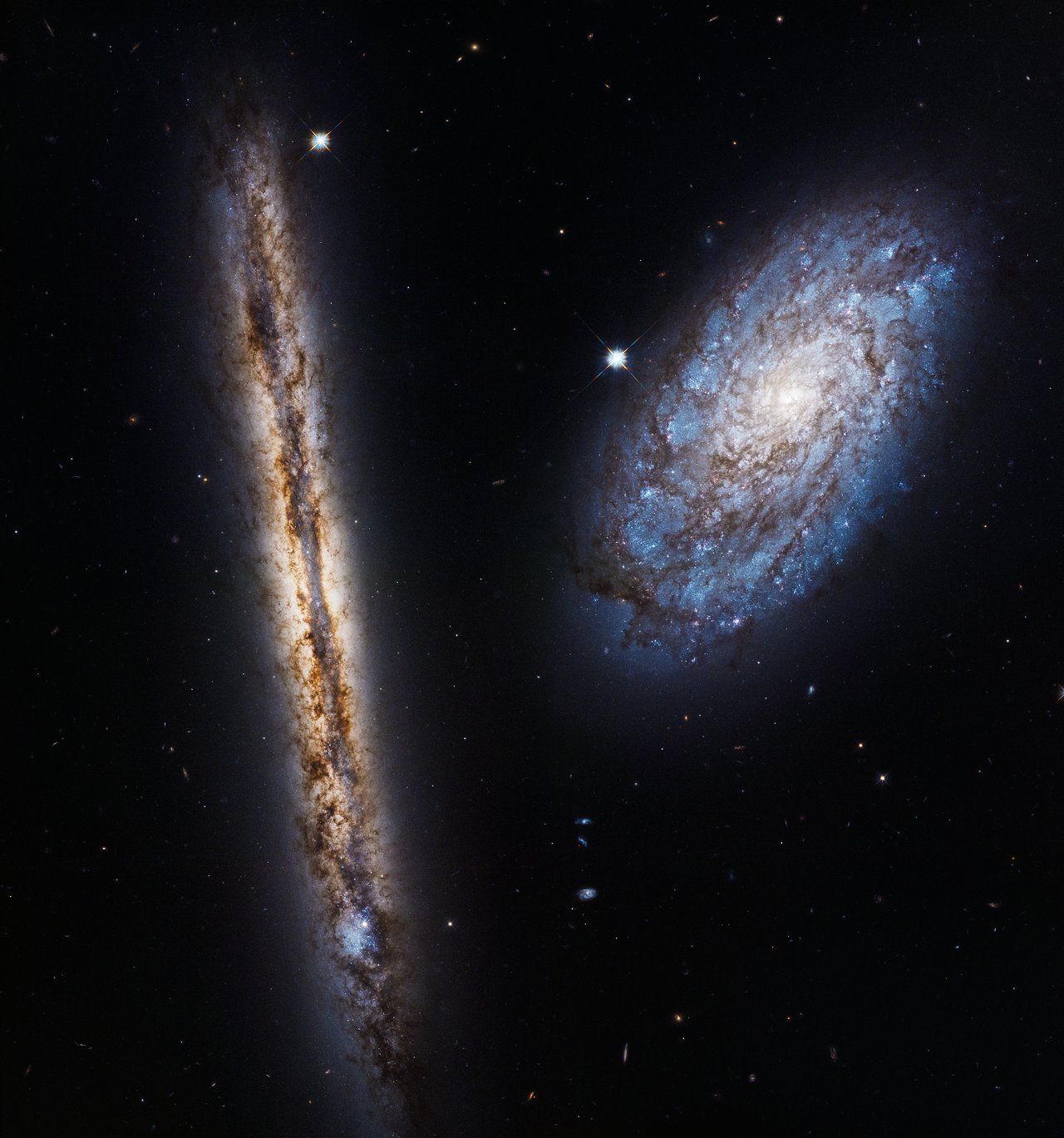
This image displays the galaxies NGC 4302 — seen edge-on — and NGC 4298, both located 55 million light-years away. They were observed by Hubble to celebrate its 27th year in orbit.
The galaxy NGC 4298 is seen almost face-on, allowing us to see its spiral arms and the blue patches of ongoing star formation and young stars. In the edge-on disc of NGC 4302 huge swathes of dust are responsible for the mottled brown patterns, but a burst of blue to the left side of the galaxy indicates a region of extremely vigorous star formation.
The image is a mosaic of four separate captures from Hubble, taken between 2 and 22 January 2017, that have been stitched together to give this amazing field of view. Two different types of light emitted by the galaxies — visible and near-infrared — have been combined to give a rich and colourful image. This light was captured by Hubble’s Wide Field Camera 3, one of the telescope’s most advanced imaging instruments.

ESA’s observatory to monitor electrical discharges in the upper atmosphere is on its way to the International Space Station. The Atmosphere-Space Interactions Monitor is riding in the Dragon cargo vehicle that lifted off at 20:30 GMT (16:40 local time) from Kennedy Space Center in Florida, USA.
A suite of instruments will search for high-altitude electrical discharges associated with stormy weather conditions. It is the first time that such a set of sensitive cameras, light sensors and X- and gamma-ray detectors are flying together to study the inner anatomy of luminous phenomena in Earth’s upper atmosphere and the link with bursts of high-energy radiation.
ASIM mounted on Columbus.
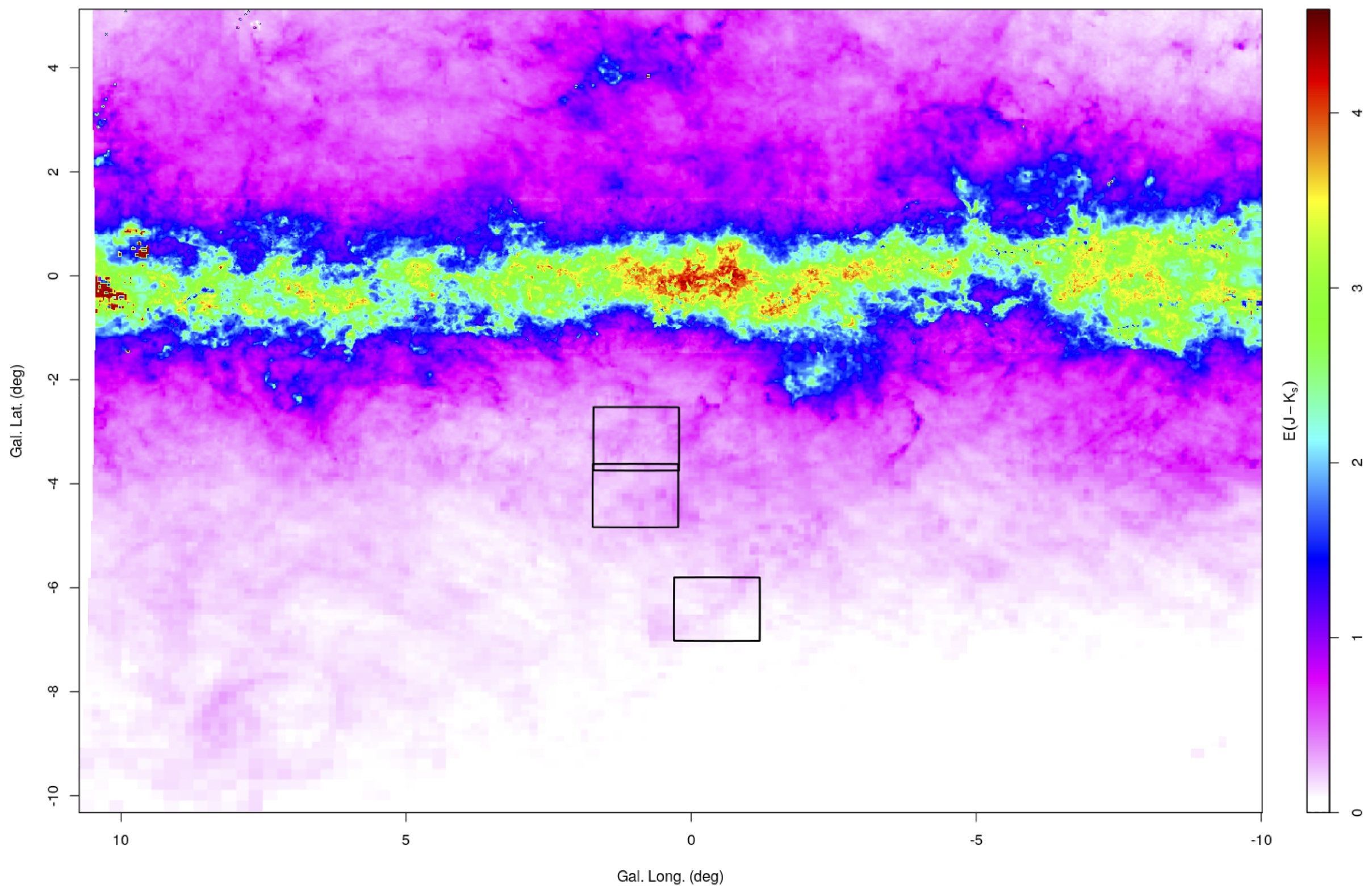
The first large-scale age-map of the Milky Way shows that a period of star formation lasting around 4 billion years created the complex structure at the heart of our galaxy. The results will be presented by Marina Rejkuba at the European Week of Astronomy and Space Science (EWASS) in Liverpool on Tuesday, 3rd April.
The Milky Way is a spiral galaxy with a bulge at the centre, thousands of light years in diameter, that contains about a quarter of the total mass of stars. Previous studies have shown that the bulge hosts two components: a population of metal-poor stars that have a spherical distribution, and a population of metal-rich stars that form an elongated bar with a “waist”, like an x or a bi-lobed peanut. However, analyses of the ages of the stars to date have produced conflicting results. Now, an international team led by astronomers from the European Southern Observatory (ESO) have analysed the colour, brightness and spectral information on chemistry of individual stars to produce the age-map of the Milky Way.
The team have used simulated and observed data for millions of stars from the VISTA Variables in the Via Lactea (VVV) infrared survey of the inner Milky Way and compared them with measurements of the metal content of around 6000 stars across the inner bulge from a spectroscopic survey carried out with the GIRAFFE/FLAMES spectrograph on the ESO Very Large Telescope (GIBS).
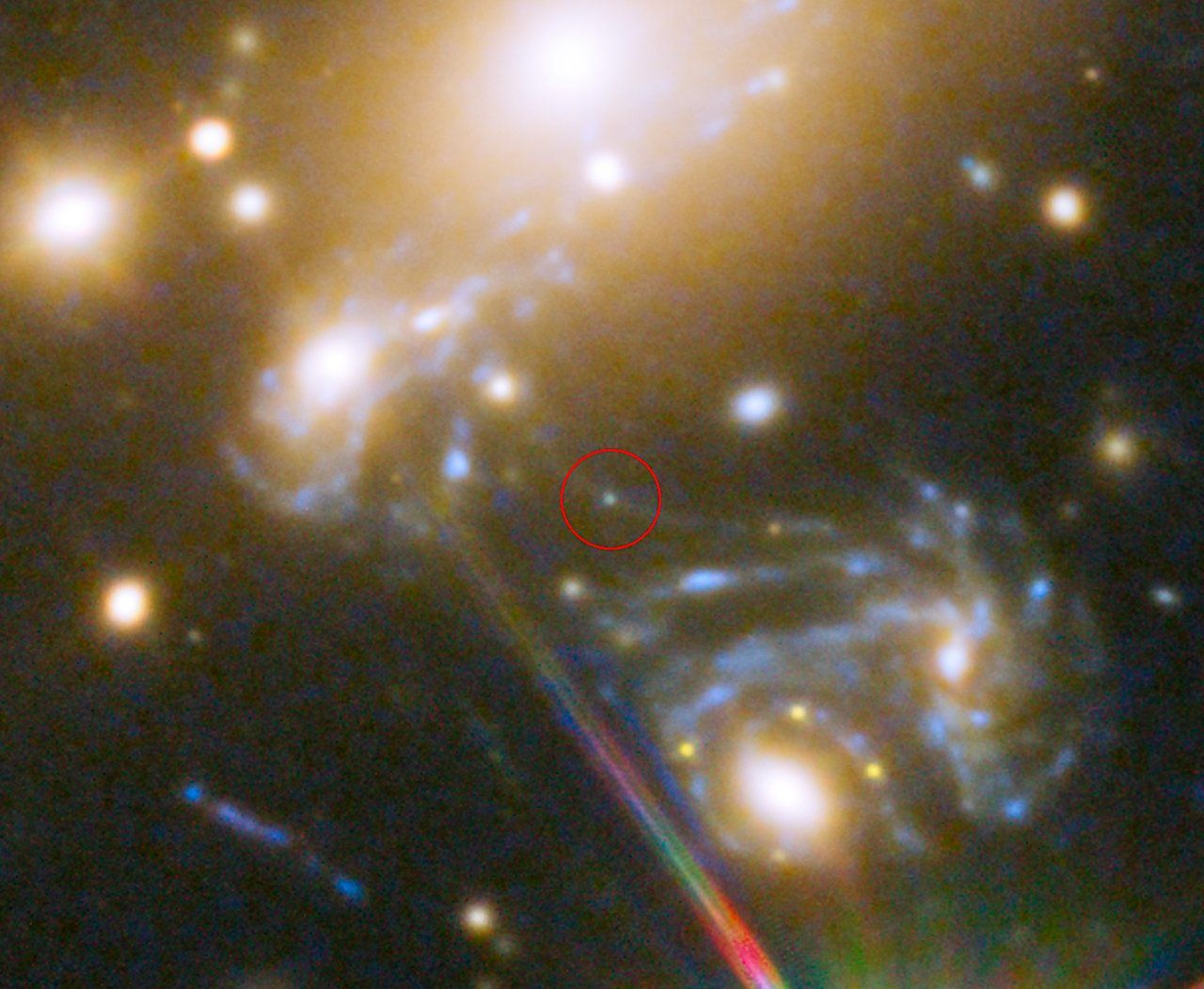
This image shows the huge galaxy cluster MACS J1149.5+223, whose light has taken over 5 billion years to reach us.
Highlighted is the position where the star LS1 appeared — its image magnified by a factor 2000 by gravitational microlensing. The galaxy in which the star is located can be seen three times on the sky — multiplied by strong gravitational lensing.
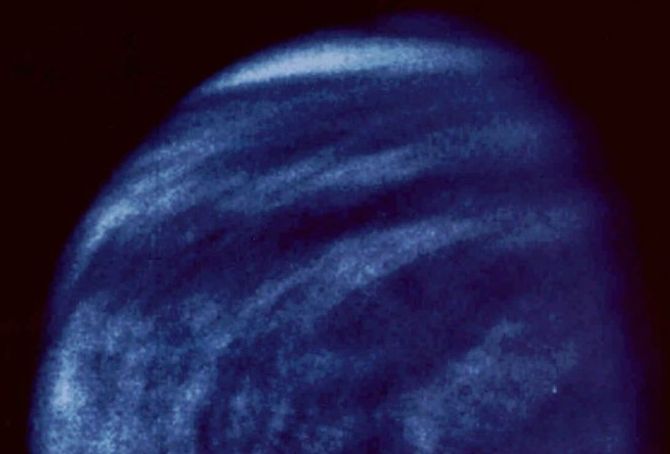
A new study has posited the idea that microbial life could exist in Venus’s clouds.
In a new study, scientists are exploring the idea that life could be lurking high up in the clouds of Venus, and suggest that the planet’s atmosphere would be the perfect place to begin a search for microbial life.
Scientist Sanjay Limaye, who works at the University of Wisconsin–Madison’s Space Science and Engineering Center, conducted the latest research with a group of international researchers and noted that it is highly possible that Venus may have once had a plentiful supply of liquid water on the planet’s surface that could have been in existence for at least 2 billion years, according to Phys. Org.
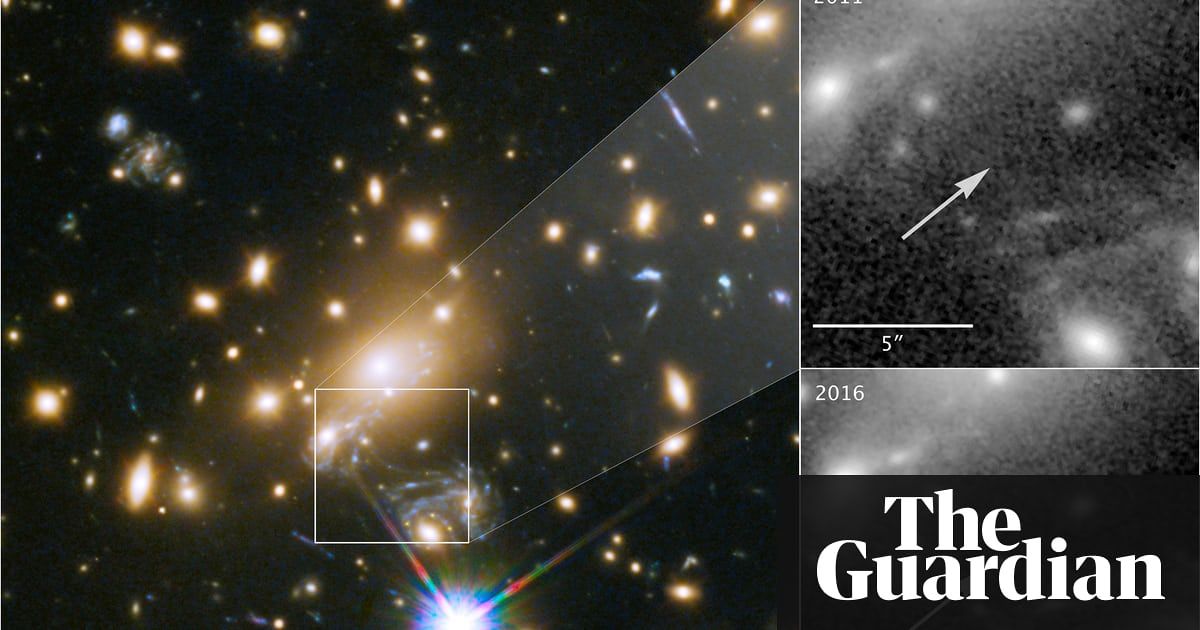
Icarus is a blue supergiant, a rare type of star that is larger than the Sun and far more luminous.